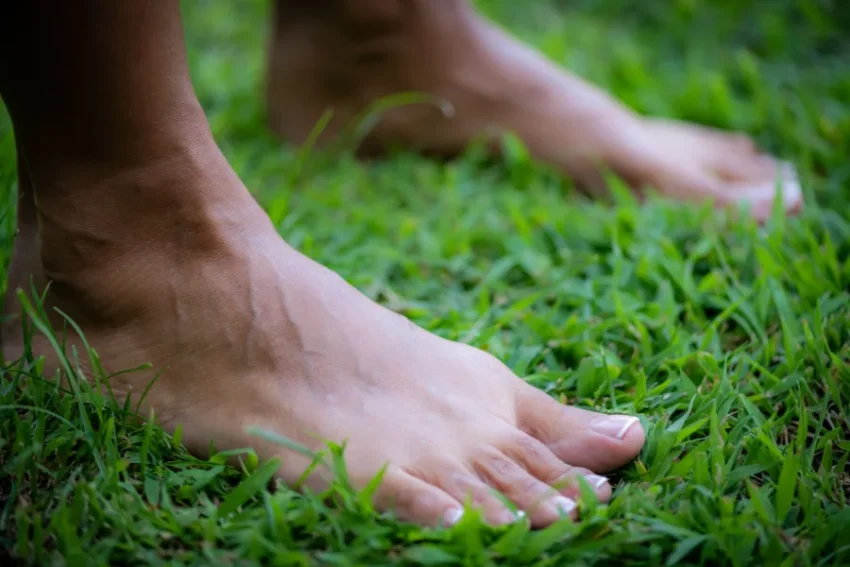When did you last feel grass beneath your feet? For many of us, years have passed since that last experience. However, grounding therapy, as it is now called, is gaining new attention in the media. This simple practice connects your body directly with the Earth’s surface and restores the feeling of calm that few of us experience in our technology-infused lives. People call it “earthing,” and researchers are beginning to underscore the numerous earthing benefits from helping relieve stress to improving sleep, to remind us of this simple old-fashioned activity.
What is Distinctive About Grounding Therapy
Grounding therapy, unlike fleeting wellness crazes, is absolutely free and requires no gear. It simply involves walking barefoot on grass, dirt, or sand, making direct contact with the ground so that your body can receive the earth’s natural electrons. Many people report a small but steady increase in energy and mood when doing this therapy. Other research shows it voluntarily reduces inflammation, supports heart health, and stabilizes your circadian rhythm, etc. These are not just “generalizations,” either; these are all measurable outcomes that make every day feel ‘lighter’. There are some benefits of ‘earthing’ that transcend ‘mental calm,’ and can even help your body recover sooner after a workout or stressor.
How Grounding Fits into a Modern Lifestyle
In a world filled with concrete flooring, rubber-soled shoes, and very little authentic exposure to the everyday Earth, it can be somewhat rare to experience actual contact with the earth. This squirrel-focused approach can be conducted each day for the tiniest of durations. Imagine taking just 10 minutes from your day to step outside for your coffee break in the morning, standing barefoot in the grass of your backyard after a busy day at work, or walking on a park trail during weekends. As you move through these experiences, if you can also be mindful of your breathing, you will double the effects of the relaxation and truly appreciate the opportunity to experience earthing in your urban life.
Some wellness and yoga coaches even combine grounding therapy with gentle stretches to improve posture and flexibility. Over time, these small rituals build resilience in our well-being. They also act as an anchor when deadlines pile up or screens overload our senses. Most importantly, these earthing rituals are powerful, completely free, and available wherever you can connect with natural ground.
Surprising Link Between Grounding and Gut Health
Something many overlook is that grounding therapy may also benefit the digestive system. Stress is a trigger for bloating, irregularity, and poor nutrient absorption. Walking barefoot soothes the nervous system in an effort to reduce stress. This is why many experts rank it alongside nutrition tips when giving advice on how to improve gut health. When relaxed, the mind aids the gut in running smoothly while beneficial bacteria thrive along with it. Though more research is still needed, anecdotal evidence already shows that grounded individuals experience fewer digestive flare-ups and better appetite regulation.
Getting the Practice Into Your Life:
Simple is best. Choose a safe and clean place outdoors. Cap a brief barefoot walk once a day, maybe around your own backyard. Pay attention to the texture under your feet and the temperature of the soil. Notice the faint aroma in the air. Treat this as a brief meditation rather than a task to check off your list. The more you practice, the more it feels like a protective layer for you. Over a few weeks, practicing grounding helps people sleep better, balance their mood, and feel more grounded. The earthing benefits become more noticeable with regular practice.

